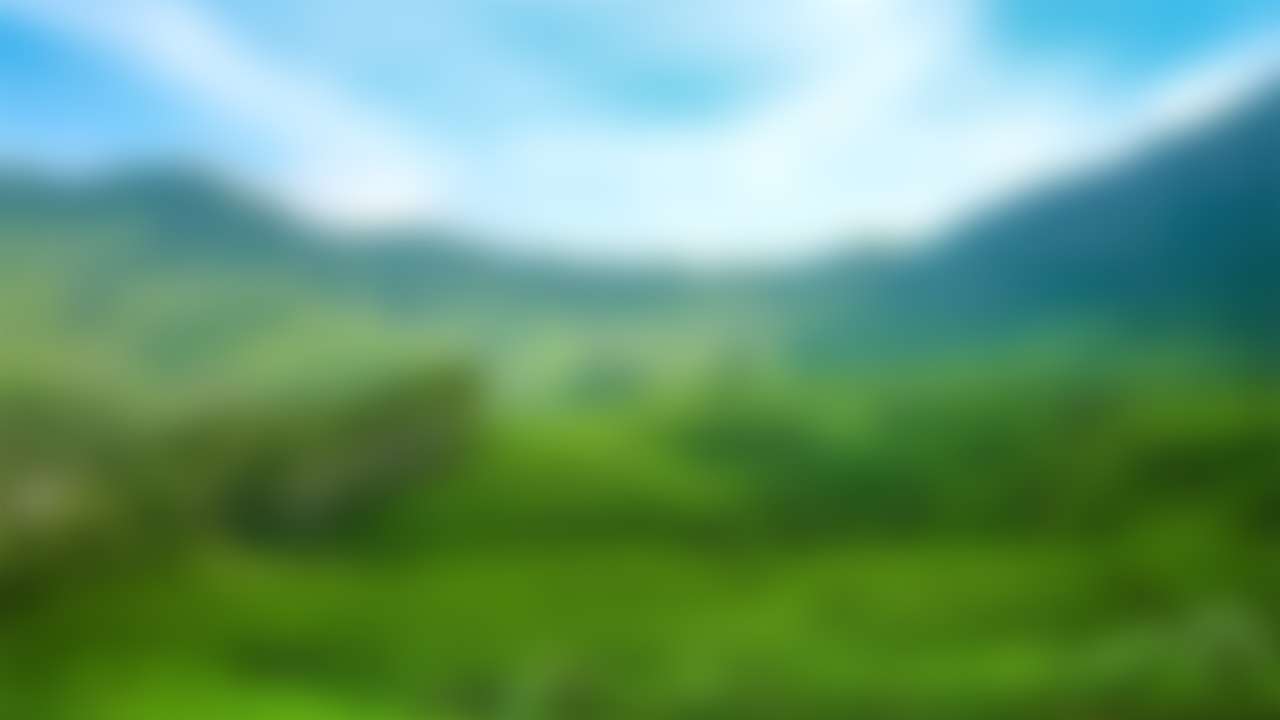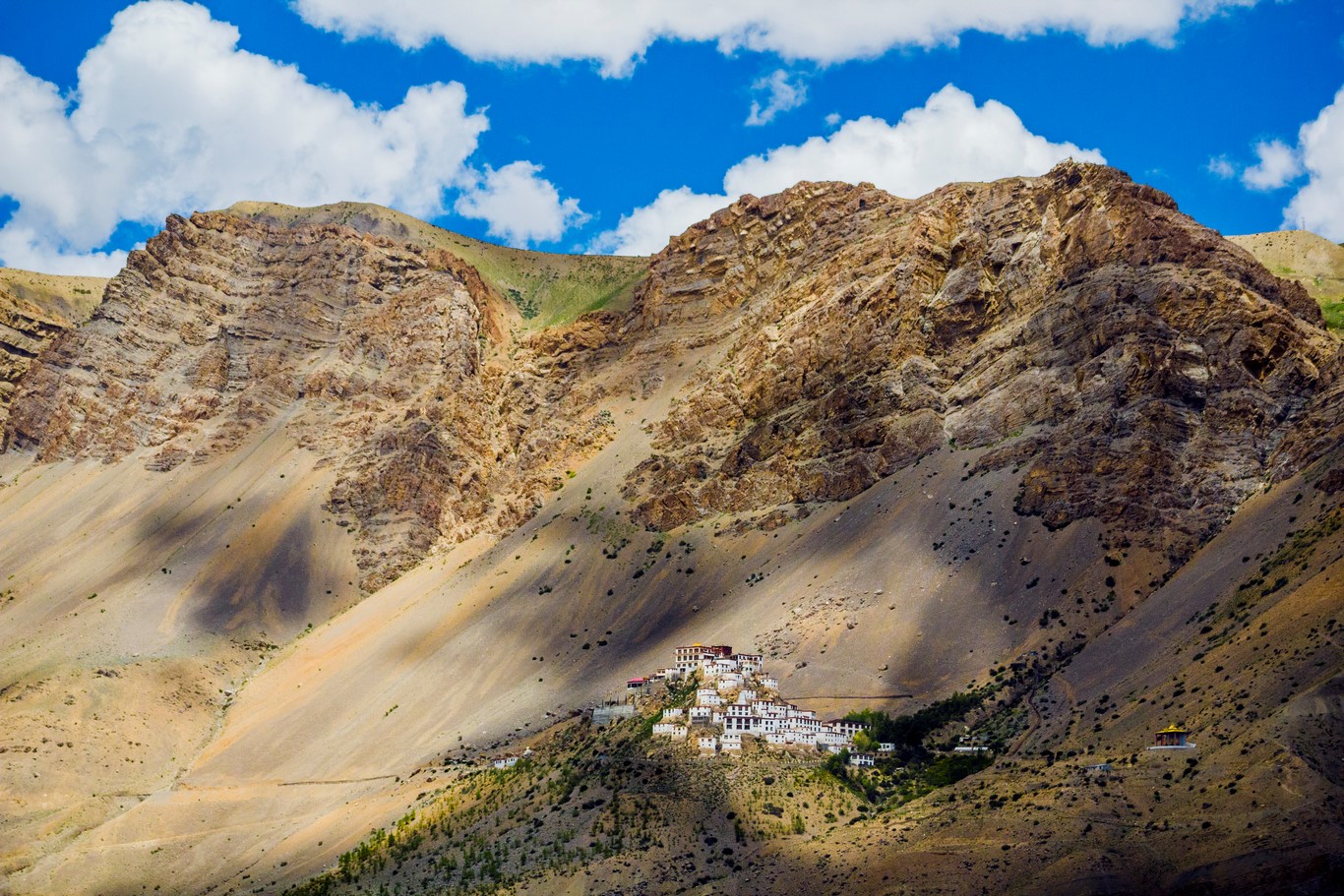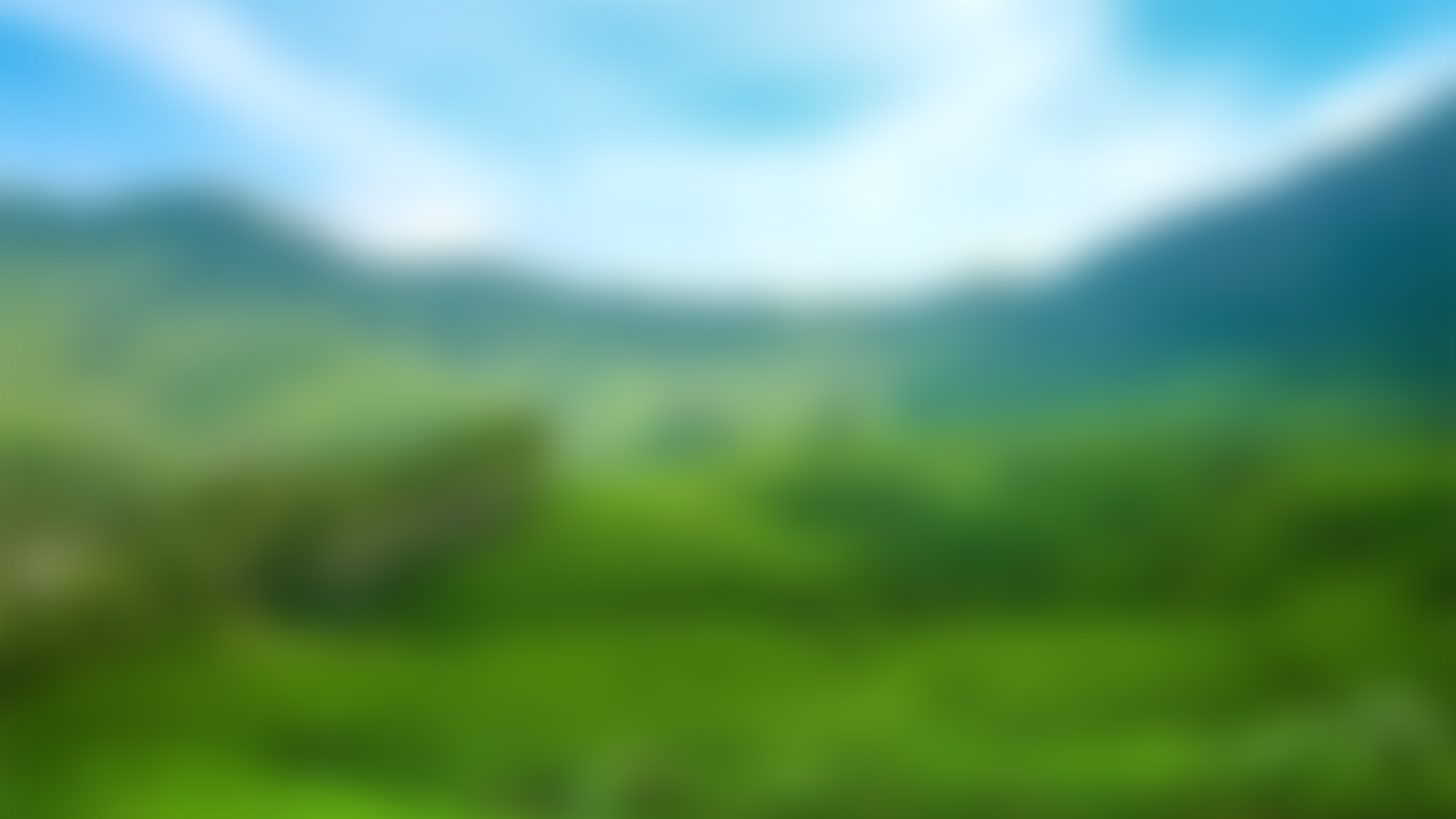
Sorry, we couldn't find anything that matches your search.
Destination

Famous Places to Explore in Hyderabad
A vibrant city with the imposing...

Raipur Tourist Places | Best Place to Visit
The stronghold of several erstwhile...

Ahmedabad
Declared as India's first UNESCO World...
#
Dhankar
This city is the official capital of Spiti. The Dhankar Gompa or Dhankar Monastery, at a height of 3,370 m, lies on a side road between Tabo and Kaza. It is almost 1,000 years old. The word Dhankar means fort in the local dialect and the place was the castle of Nono, the ruler of Spiti. This fort monastery was also used as a prison in the early days. One can find several Buddhist scriptures in the Bhoti script here. There are five halls here, including Kanjur, Lhakhang and Dukhang.
Besides, a life-size silver statue of Vajradhara sits on a glass altar ornamented with scarves and flowers. On the central wall are depictions of Shakyamuni, Tsongkhapa and Lama Chodrang. Around 150 lamas live in Dhankar Monastery. Another highlight is the statue of Vairochana or Dhayan Buddha. There are four figures seated back to back inside the monastery. Dhankar lake lies above the monastery – a 2 km trek - and is considered a fine example of the architectural skills of the residents of Spiti Valley. There is a single motorable road on which small vehicles can ply easily.

Tabo Monastery
This seemingly dull village of mud huts holds beautiful attractions. It is situated in a bowl-shaped flat valley and the Tabo Monastery lies in the bottom of the valley, unlike other monasteries which are usually perched atop hills. One will find galleries of wall paintings and stucco statues here, earning it the title of 'Ajanta of the Himalaya', inspired by the Maharashtrian destination which has caves full of art.
Founded in 996 AD, Tabo is the largest monastic complex in Spiti Valley. Also called Tabo Chos-Kor Monastery, it is said to have been founded by the Tibetan Buddhist Iotsawa (translator) Rinchen Zangpo on behalf of Yeshe-O, the king of Guge in the western Himalayas. It boasts nine temples, 23 chortens, and a chamber each for monks and nuns. Besides, it has many caves carved into the cliff face where monks used to meditate. Alongside are some contemporary structures. One will also find thankas or scroll paintings and manuscripts here. For the Himalayan Buddhists, Tabo is second to Tibet’s Tholing monastery in terms of its religious sanctity. In fact, it had been built as a daughter to the Tholing Monastery. After 46 years, the monastery was renovated by the royal priest Jangchub O’d who was the grandnephew of Yeshe-O. Several Indian pundits have, over the years, visited the Tabo monastery to learn Tibetan language. After the earthquake in 1975, the monastery had to rebuilt and a new Assembly Hall or Du-kang was also constructed. The Kalchakra ceremonies, a process of initiation and rejuvenation, in 1983 and 1996 were held here by the 14th Dalai Lama. It is being protected by the Archaeological Survey of India (ASI) as a national historic treasure and the ASI encourages heritage tourism to the Tabo Monastery. Earlier, Tabo used to be part of Tibet.

Tnagyud Gompa
Tang-rGyud, the Tantra treatises forming one class of Tibetan scriptures in 87 volumes, were revised by Buddhist scholars from this gompa. It was initially located in the Hikkim village but was destroyed in the 1975 earthquake. There are still some remnants in Hikkim. Today, the Tnagyud Gompa, belonging to the Sa-kya-pa sect, lies near Comic Village.

Kye Monastery
Above the left bank of the Spiti river lies this charming monastery, the largest in the Valley, around 12 km from Kaza. It lies on a hill at a height of 4,166 m above sea level and is the biggest monastery of Spiti Valley. There are many rooms housed here along with a maze of corridors that seem unplanned. Some parts of the monastery have three storeys while others have lesser. This Gompa was used both as a monastery and a fort, and it is believed to have been built by Dromton (1008–1064 AD).
No date has been ascribed to the time it was built. Today, hundreds of lamas undergo religious training here. There are many beautiful murals, paintings and stucco images here, which are an example of the 14th century monastic architecture. Alongside, there are unusual wind instruments that are used as part of the orchestra whenever the chham dance is performed today. There is also a collection of weapons housed, which may have come in use whenever the monastery was attacked by marauders or to keep a check on people who refused to follow the teachings of the monastery. The Kalchakra Ceremony was performed here by His Holiness the Dalai Lama in August 2000. This prayer is organised on a grand scale and the aim is to awaken the Buddha nature of each individual using a combination of prayer, teaching, blessing, devotion, mantra, yoga and meditation. It is essentially a search for peace. Many believe that even if one is simply present at this initiation ceremony that continues for a few days, one can be free of suffering and gain enlightenment. There are five main subjects in focus here – cosmology, psycho-physiology, initiation, sadhana and Buddhahood. There is a Kalchakra mandala and a Viswatma deity in union with his consort at the hub of this ceremony.

Lhalung Monastery
Lhalung monastery lies near the top of Lhalung village and looks like an antique gem despite its modest structure. Its main chapel (Serkhang Gompa) lies beneath a painted yellow tin roof and the interior walls boast a beautiful array of vibrant and colourful mud-plaster sculptures on three sides. They are so old that some believe that they were made by God and not man. This monastery is one of the oldest in the valley and lies at an elevation of 3,658 m above sea level. In the vicinity is the Langkharpo chapel that has a distinct four-sided statue of the white deity that is situated atop a podium of snow lions.

Shashur Gompa
This small Buddhist shrine of the Drugpa sect is 2 km from Keylong and is located in a natural paradise. Perched at a height of 6,000 m above the valley, it was built in the 16th century and is surrounded by blue pine trees. It is a known learning centre and its architecture has many admirers.

Nako Monastery
According to popular belief, this monastery was founded in the 11th century by an ancient renowned translator Lochen Rinchen Zangpo. It is situated at Nako village, around 116 km away from Spiti Valley. The monastery is also known as the Lotsava Jhakang, which means complex of the translator. Situated by the Nako Lake, this serene monastery has been constructed on the pattern of the famous Tabo Monastery and is divided into four halls or chapels. The gate of the monastery is engraved with intricate patterns.Inspired by Vajrayana Buddhism, the walls of the monastery are adorned with beautiful paintings. The Nako Monastery is also said to house several idols made of clay and metal, along with stupas and a collection of scriptures (Kangyur) that have the direct teachings of Lord Buddha.

Kungri Gompa
Located in Pin valley, Kungri Gompa is Spiti Valley’s second-oldest monastery, built in 1330 AD. It comprises three rectangular blocks, detached from each other and facing east. Recently, the monastery was given generous foreign donations for its renovation. Evidence has been found that the tantric cult, as practiced in Buddhism, was also practiced here.









